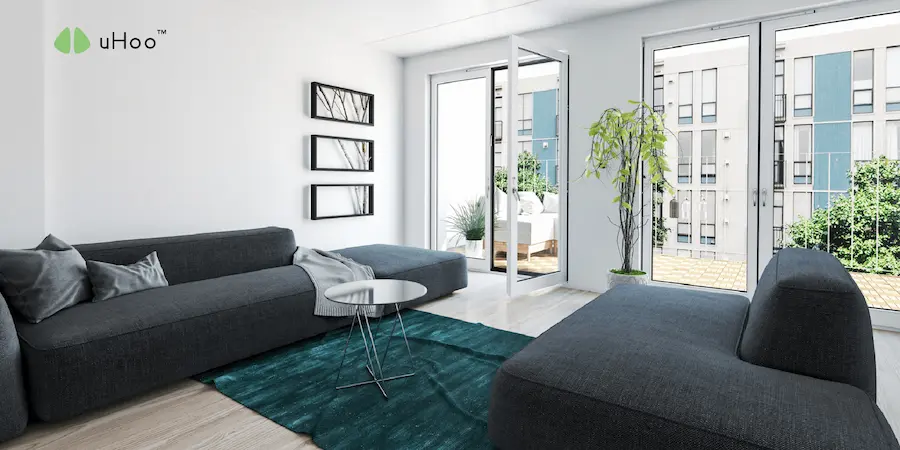The quality of the air you breathe indoors can have a significant impact on your health, well-being, and productivity. One of the most effective ways to improve indoor air quality is through cross-ventilation.
What is Cross-Ventilation?
Cross-ventilation is the process of opening windows or doors on opposite sides of a building to create a natural airflow. This airflow helps to remove stale air and bring in fresh air from outside. Cross-ventilation is a simple yet effective way to improve indoor air quality and reduce the concentration of pollutants such as dust, pollen, and mold spores.
In addition to improving indoor air quality, cross-ventilation can also help to reduce energy consumption. By naturally cooling and ventilating a building, you can reduce your reliance on air conditioning, which can be a significant energy drain.
If you’re not sure whether your home or office is getting enough fresh air, consider using an air quality monitor like uHoo to help you identify when better ventilation is needed.
Benefits of Cross-Ventilation
- Improved indoor air quality
- Reduced energy consumption
- Increased comfort
- Improved productivity
- Reduced stress
Tips for Effective Cross-Ventilation
- Open windows and doors on opposite sides of the building.
- Create a cross-breeze by using fans to circulate air.
- Avoid opening windows and doors during peak pollution hours.
- Consider installing operable windows in your home or office.
By incorporating cross-ventilation into your daily routine, you can help to create a healthier and more comfortable indoor environment for yourself and your family.



